
Welcome to the refreshing world of mimosas, where the effervescence of sparklings clashes perfectly with the citrusy magic of juices. But before we sip in this tranquility, let's unlock the secrets of bubbly and its role in crafting this beloved brunch cocktail. Discover the art of selecting the best champagnes for mimosas, whether you like things brut, dry, or blushed rose. So, let's raise our glasses to the refreshing brilliance of mimosas and the special moments they accompany!
Mimosa: The Revitalizing Rush In Cocktails
Mimosa is a popular cocktail, often served at laid-back weekend brunches, pinching sunny days, and big holidays like Christmas and Thanksgiving Day. It is a fruity, light, and refreshing beverage made by mixing equal portions of chilled orange juice and champagne.
Wacky as it may sound, this drink’s soul bursts with a fusion that rushes the palate with the liveliness of bubbly and the citrusy allure of orange juice. So, if you’re looking to end your day on a tangy note, a glass of mimosa is the way to go. All you need are some fresh oranges and a good champagne for mimosas.
Champagne: The Sparkling Soul For Mimosas
Champagne is a sparkling wine that is produced in the geographically exceptional Champagne region of Northern France, hence its name. Protected by strict rules and regulations, no sparkling wine produced and bottled outside this region can bear the name champagne.
Champagnes are also called "bubbly" due to their pearl-like effervescence and distinct, complex, and nuanced flavor profile. Crafted in a spectrum of styles, namely Brut, Rosé, high-end prestige cuvée, and more, this sparkling wine is the choice for connoisseurs and drinkers alike to unwind, indulge, and toast special moments, such as anniversaries, the New Year, and personal milestones. Its pearl-like effervescence and exquisite flavor profile make it the ideal sparkling wine for mimosas, ensuring it shines with each sip.
Before we delve into defining a good champagne for Mimosa, let's explore the list of 7 dosages found in champagnes. Dosage, also known as residual sugar, refers to the amount of sugar added to the champagne to adjust its sweetness level to the desired level.
When selecting a champagne for making mimosas, be sure to check the label for its sweetness level to ensure you achieve the perfect balance of sweetness in your mimosa, exactly the way you like it!
|
Dosage Level |
Sugar Content |
| Brut Nature | Very Dry (0 g/L) |
| Extra Brut | Extremely Dry (0-6 g/L) |
| Brut | Dry (0-12 g/L) |
| Extra Dry | Slightly Sweet (12-17 g/L) |
| Sec | Medium Sweet (17-32 g/L) |
| Demi-Sec | Sweet (32-50 g/L) |
| Doux | Very Sweet (50+ g/L) |
The Best Champagnes For Mimosas:
Whether your palate prefers a dry bubbly like a brut or extra dry, a sweet demi-sec or doux, or an experimental style like a tender rosé or shimmering blanc de blancs, we have plenty of excellent options in our store to help you find the best yet inexpensive champagne for mimosas in no time.
Discover our selection of the finest champagnes for mimosas, allowing you to enjoy tranquility without exceeding your budget!
Best Dry Champagne For Mimosas:
With these suggestions, discover the best dry champagnes for mimosas and add a heightened feel of crisp and refreshment to your zesty bubbly cocktail in no time.
|
Best Champagne For Mimosa Drink - Dry! |
Reasons |
Dosage (g/L) |
Price Range |
Garnish |
Best-Suited Occasion |
|
|
Crisp, citrusy, and versatile for blending with juices. |
7-9 g/L |
$50 - $80 |
Orange slice |
Brunch, celebrations |
|
|
Harmonious brioche and citrus notes enhance mimosa flavors. |
9-10 g/L |
$60 - $100 |
Lemon twist |
Special occasions, brunch |
|
|
Fresh, balanced, and complements the acidity of fruit juices. |
8 g/L |
$40 - $80 |
Lime wheel |
Weddings, upscale brunch |
|
|
Creamy texture and pear/apple notes elevate mimosa experience. |
10 g/L |
$40 - $70 |
Grapefruit wedge |
Romantic evenings, celebrations |
|
|
Light, citrusy, and perfect for casual brunch mimosas. |
9 g/L |
$50 - $90 |
Orange twist |
Casual brunch, garden parties |
|
|
Lemon zest and minerality add a unique twist to mimosas. |
6-8 g/L |
$60 - $100 |
Lemon peel |
Fine dining, weddings |
|
|
Fruity, summery, and ideal for outdoor brunch gatherings. |
5 g/L |
$20 - $50 |
Strawberry |
Outdoor brunch, summer parties |
Best Sweet Champagne For Mimosas:
Despite the high level of dry fever, you have the option of satisfying your sweet tooth with these best sweet champagnes for mimosas—no sugar coating, just sugar-laden goodness!
|
Best Champagne For Mimosa Drink - Sweet |
Reasons |
Dosage (g/L) |
Price Range |
Garnish |
Best-Suited Occasion |
|
Veuve Clicquot Rich Doux Champagne
|
Designed for mixology, slightly sweeter profile for creative mimosas |
60 g/L |
$60 - $100 |
Cucumber slice or bell pepper |
Cocktail parties, creative brunches |
|
Moet & Chandon Nectar Imperial Demi-Sec Champagne
|
Ripe fruitiness and spice for celebratory dessert mimosas. |
45 g/L |
$50 - $90 |
Orange slice |
Dessert mimosas, celebrations |
|
Veuve Clicquot Demi-Sec Champagne
|
Sweetness suits dessert mimosas and pairs with sweet dishes. |
45 g/L |
$60 - $100 |
Peach slice |
Dessert mimosas, special occasions |
What Kind Of Champagne For Mimosas?
The world of champagne is brimming with endless expressions, and picking a good champagne for mimosa can leave any drinker scratching their head, especially when there are no steadfast rules. But don't worry; we've got you covered in navigating this sparkling sea and discovering what kind of champagne for mimosas will work best for you.
First on the checklist is the dosage. Champagnes labeled “Brut” or “Extra Dry” are often considered the best champagnes for mimosas because their low sweetness levels allow the crisp character of the bubbly to beautifully balance the sweetness of the orange juice.
Secondly, it is recommended to opt for inexpensive champagne for mimosas, commonly an easygoing non-vintage. Not only do these options help save money, but pricier champagnes with subtle nuances may have their complexities overshadowed by the vibrant citrus notes and overall zestiness of the orange juice—a complete waste of money and disregard for that painstakingly made precious elixir!
Do You Use Dry or Sweet Champagne For Mimosas?
Mixology is an art, and it knows no rules. So if you are keen to experiment with that extra sweetness, you can confidently use a sweet champagne for mimosas, and yes, don’t listen to naysayers, as it can't be sugar coated when they lack a sweet tooth to begin with.
The sweeter side of the champagne world includes three dosage levels: Sec, Demi-Sec, and Doux, each richer in sugar content than the last. So break the dry rules, experiment with sweet champagnes for mimosas, and embrace your individual palate with the sweet spot it carves.
Dosage-Debate Aside: Which Style Of Champagne Is Best For Mimosas?
When choosing a good champagne for mimosas, the debate between dry and sweet styles is just the beginning. There’s also a wide range of preferences regarding which styles work best. However, rather than sticking to strict rules, feel free to experiment with crafting your zesty cocktail exactly how you like it, whether in a traditional or unconventional way. Among the various styles, consider:
- Rosé: A rosé champagne makes a good champagne for mimosa if you want it to be extra sweet yet fruity and floral.
- Blanc De Blancs: This style, made exclusively from white grapes, is known for its crispness and citrusy notes, making it ideal to boost the freshness of your mimosa.
- Blanc de Noirs: This style, made exclusively from black grapes, offers a fuller body and deeper fruit flavors, ideal to boost the richness of your mimosa.
Is Brut or Dry Champagne Better For Mimosas?
First things first, it is important to understand that ‘Dry champagne’ is a category of bubbly that includes 3 styles: Extra Brut, Brut Nature, and Brut. So, to determine which champagne is better for mimosas, Brut or a Dry option, we have to decide whether to choose Brut or other dry options, such as Extra Brut or Brut Nature.
To answer your question, all three dry options are suitable for making mimosas, and the choice comes down to your preferences for sweetness and acidity in your cocktail.
If you prefer a cocktail with just a hint of acidity and less sweetness, then the dry and less sweet persona of Brut champagne makes it the best choice for mimosas. On the other hand, Extra Brut and Brut Nature are suitable options if you prefer a cocktail that is less sweet, sharper, and more acidic in taste.
Which Is Best Champagne For Mimosas - Brut Or Extra Dry?
Another question that intimidates cocktail fans is whether to choose brut or extra dry champagne for mimosas. Now, both styles have subtle differences in their dosage levels, and choosing either brut or extra dry for mimosas depends on personal preferences for sweetness.
Choose Brut as dry champagne for mimosas if you prefer the cocktail to be crisp and less sweet. On the other hand, extra dry champagne is good for mimosas if you want to enjoy the cocktail in a more balanced and sweet way.
How Much Champagne Do You Use in Mimosa?
Whether math was your strong point in school or not, it turns out to be a real savior in the craft of making mimosas like a pro. Just remember the rule of the 1:1 ratio, which means mixing equal chilled portions of champagne and orange juice, promising that stellar balance where neither flavor overpowers the other.
Can One Choose Another Sparkling Wine For Mimosas Than Champagne?
Of course, apart from classic mimosas that are made with champagne, one can choose another sparkling wine for mimosas, such as Prosecco, which is slightly lighter and sweeter than champagne or a domestic sparkling wine. Prosecco will enhance your drink with delightful effervescence, freshness, and mouth-watering citrus flavor, allowing your zesty drink to shine.
With these suggestions, you can explore the best prosecco for mimosas that not only serve as great substitutes but also save money with their more affordable prices.
How To Make Mimosas?
To prepare mimosas, first get hands-on with the core ingredients: your chosen sparkling wine for mimosas and an equal portion of orange juice.
These days, people also experiment with different citrus juices, swapping the orange juice with options like grapefruit, cranberry, pineapple, peach, mango, or pomegranate juice.
Here’s a Detailed List Of Ingredients:
- One part chilled champagne or other sparkling wine
- One part citrus juice (usually orange juice)
- Ice cubes
- Orange slices or zest for garnish (optional)
Instructions:
- Make sure that your citrus juice and chosen sparkling wine for mimosas are both chilled to around 45°F.
- Whether you’re preparing a single glass for yourself or making a pitcher for 8-9 servings of mimosas for a gethering, measure both liquids in equal parts.
- Gently pour equal parts of both into a flute or tall glass that won’t just elevate the aesthetic appeal but will also preserve the cocktail’s bubbles and aromatic appeal.
- Stir gently for a perfect blend.
- if you prefer your mimosa colder, add ice cubes to the glass.
- Garnish your mimosa with a slice of orange or a twist of orange zest. Other garnishing options include fresh berries, a pleasant mint sprig or a sugared rim.
Final Thoughts
Before we part ways, we hope this blog has provided plenty of bubbly insights to unleash your inner mixologist. This guide has it all, from understanding dosages and styles that make a good champagne for mimosas to bottle suggestions to a quick, quirky recipe for playful experimentation.
For added convenience, explore our Mimosa Gift Baskets, a curated collection that includes everything you need to make refreshing mimosas in an instant: the best sparkling wine for mimosas paired with fresh orange juice, as well as gourmet treats for fun snacking. You can even personalize any Mimosa gift basket by adding a pair of chic flutes, available in both affordable standard quality and premium chic quality from brands like Tiffany & Co.
So why wait? Shop for unique Mimosa gifts or the best sparkling wines for mimosas today, and enjoy laid-back moments of freshness with loved ones stylishly.


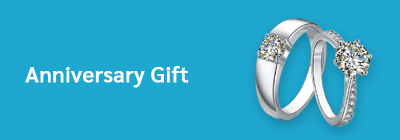
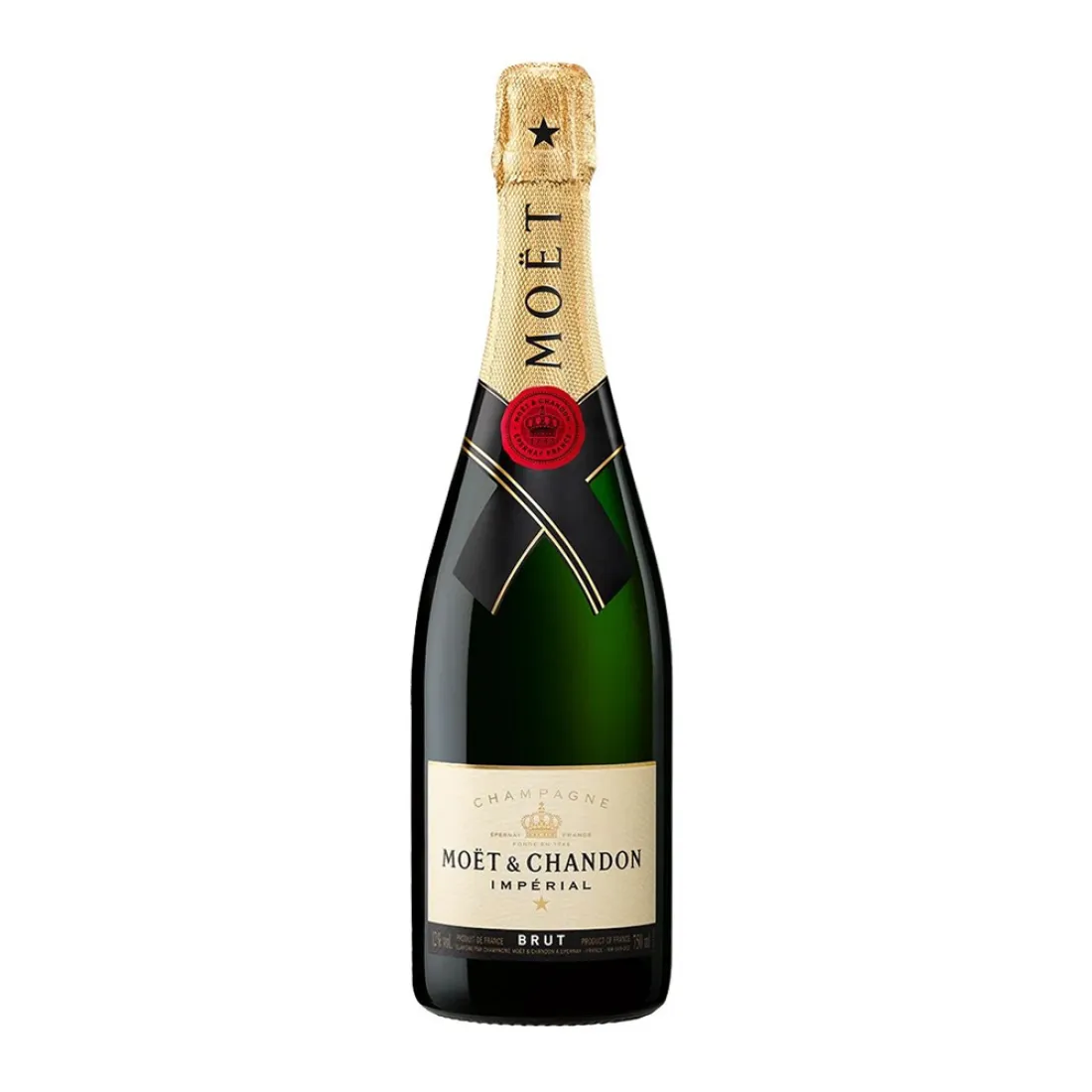
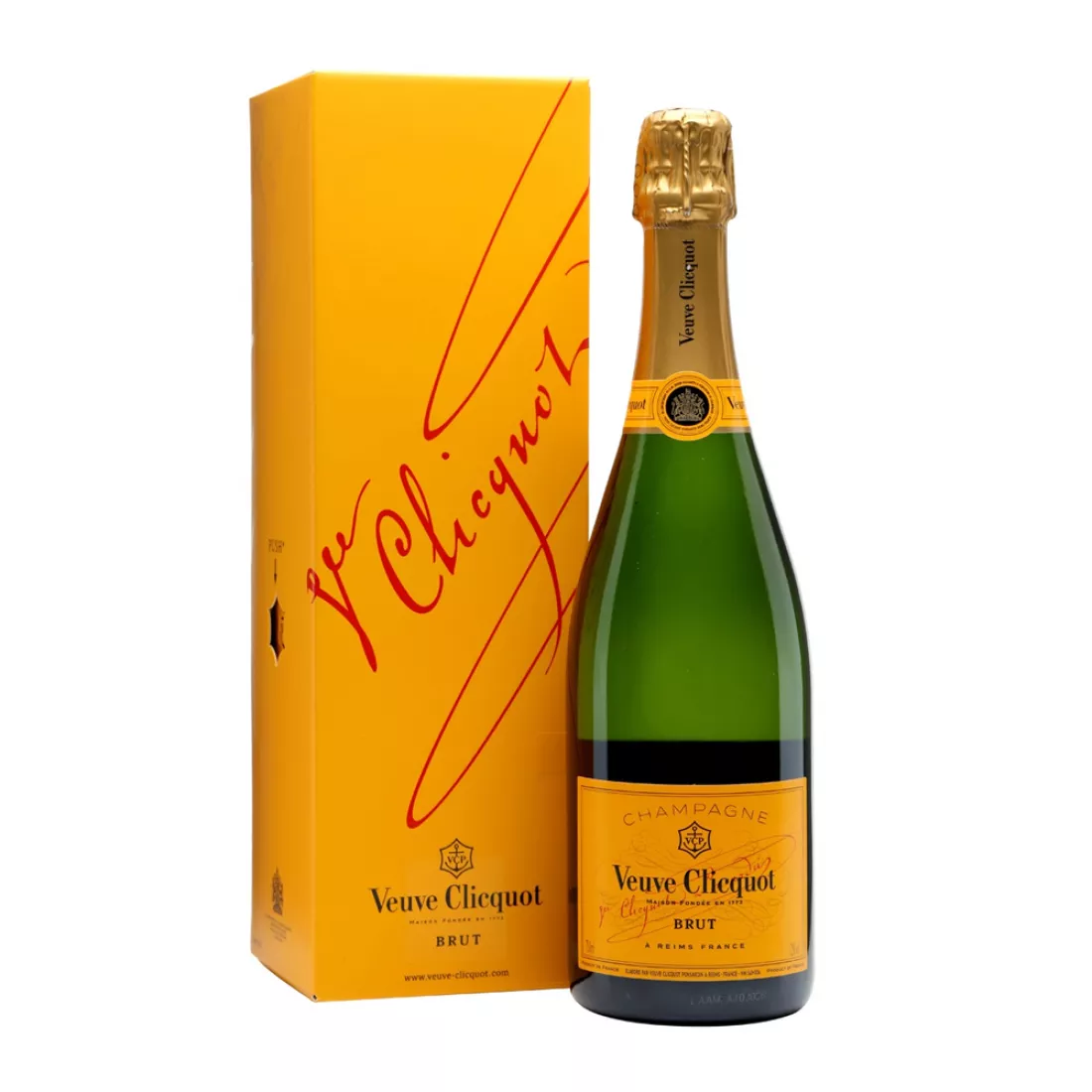
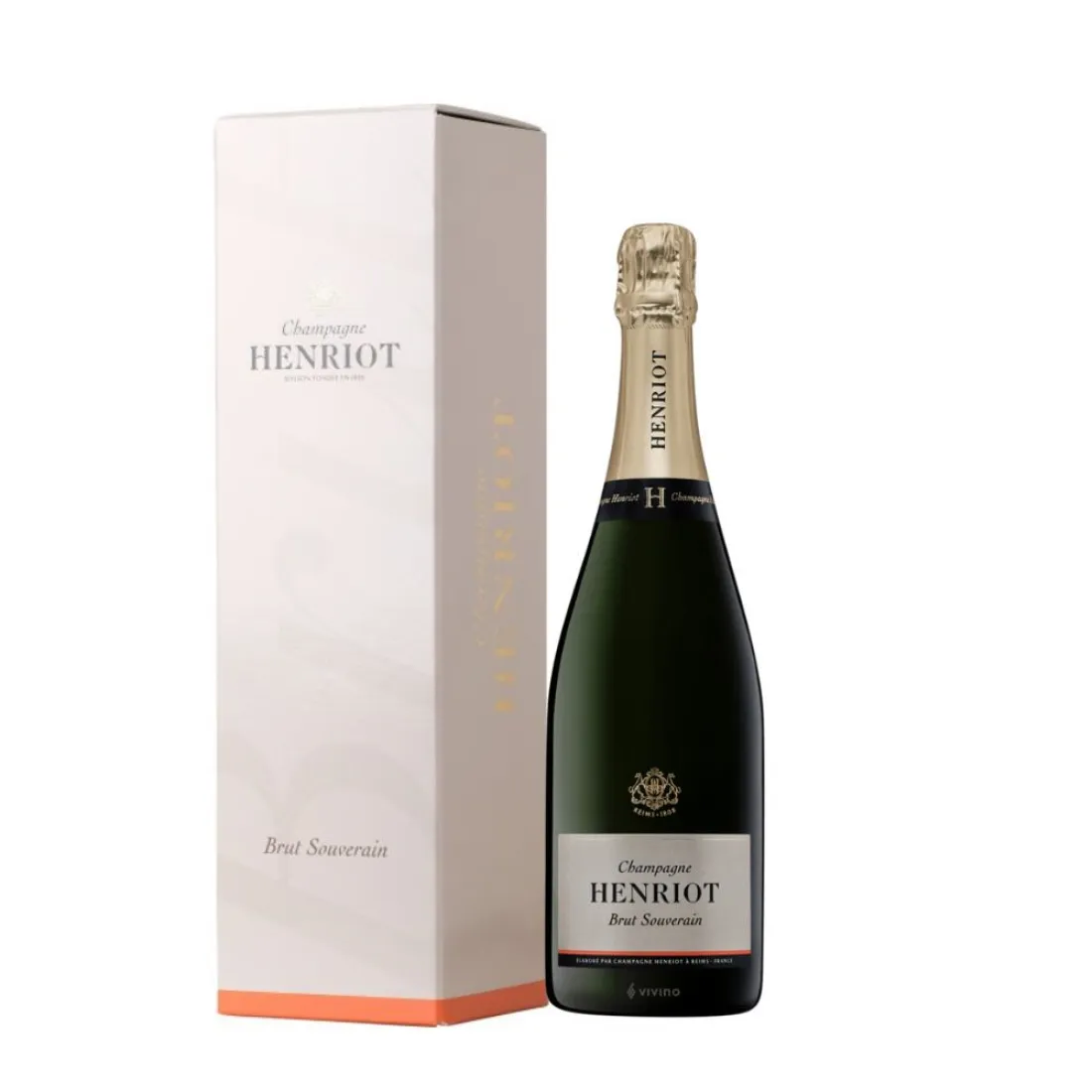



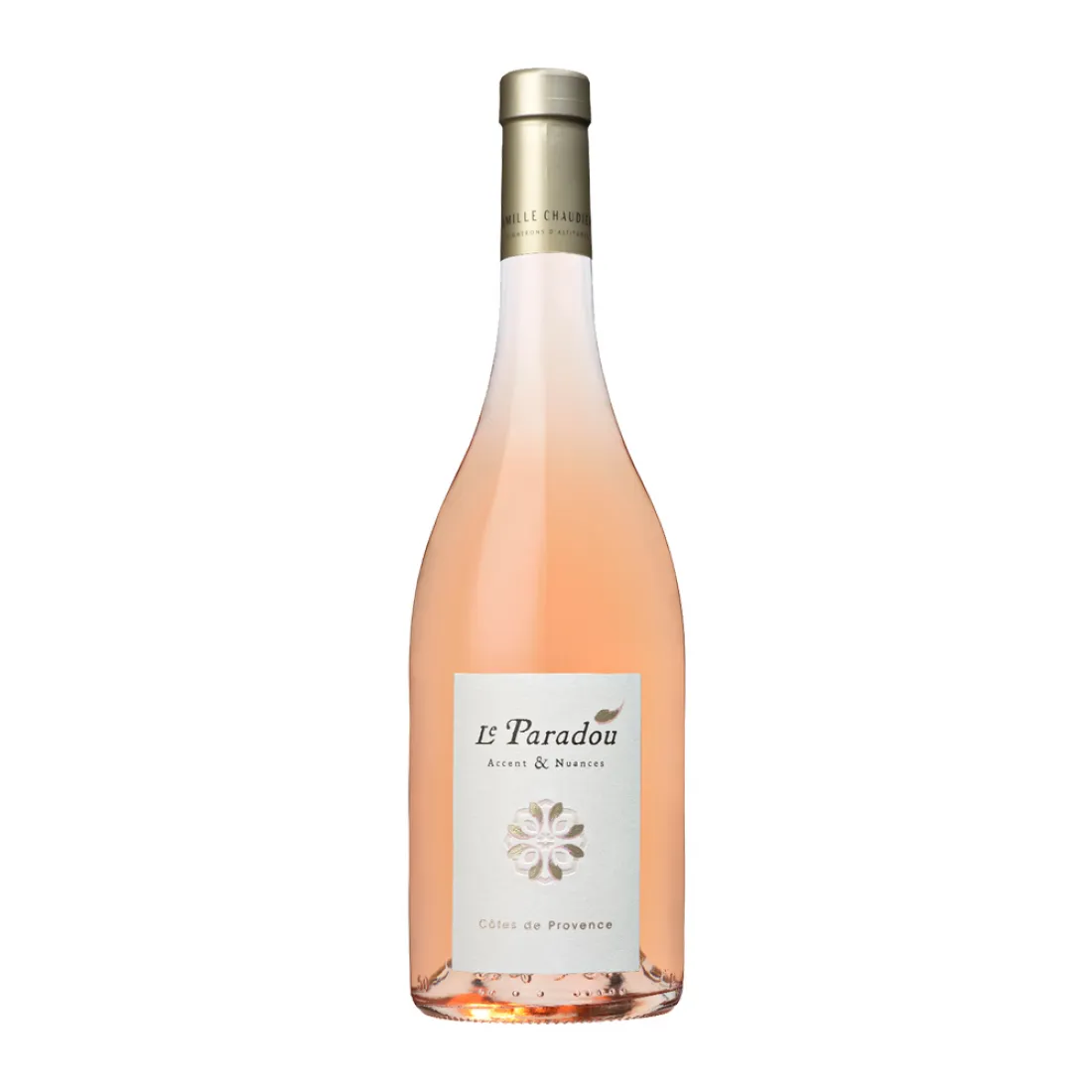
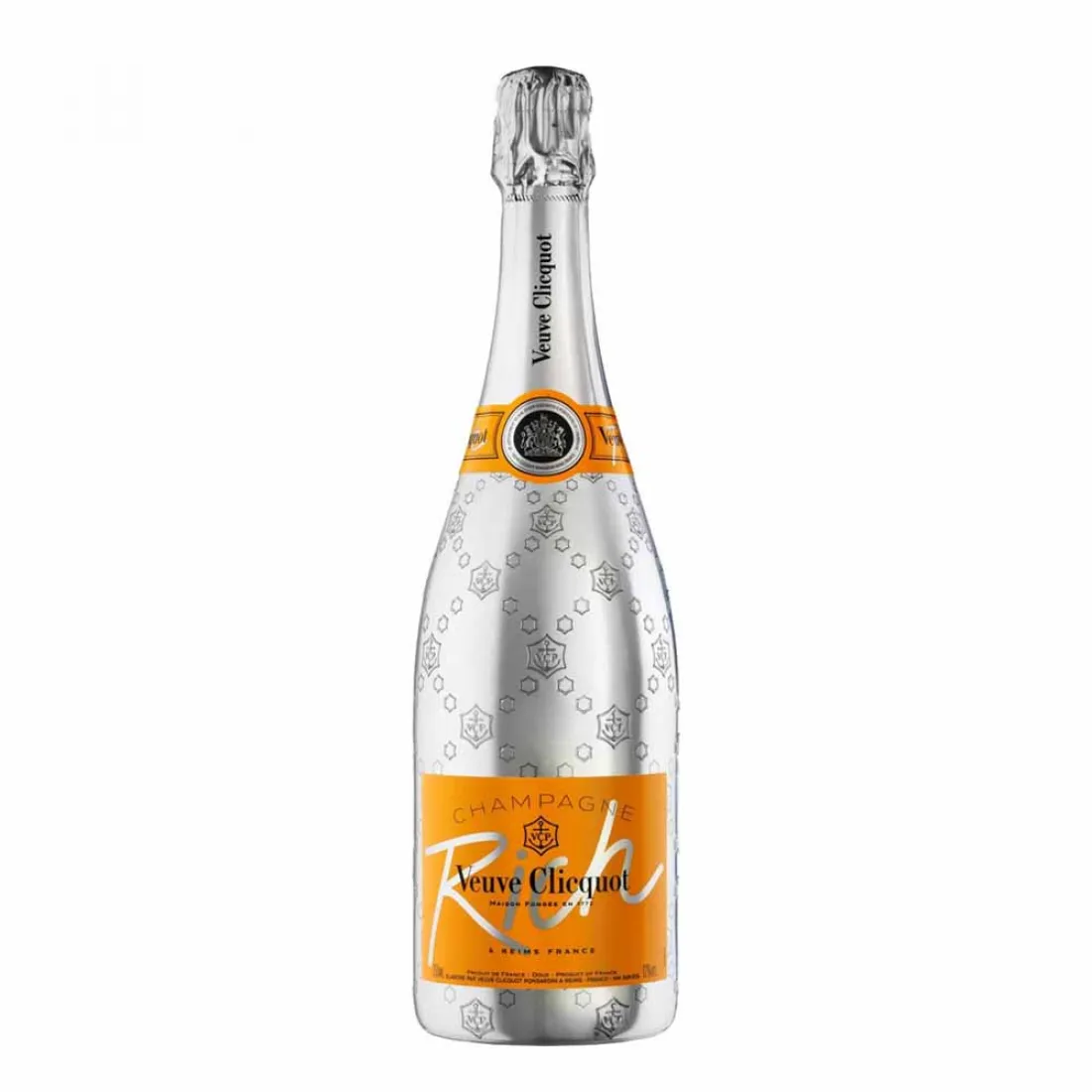
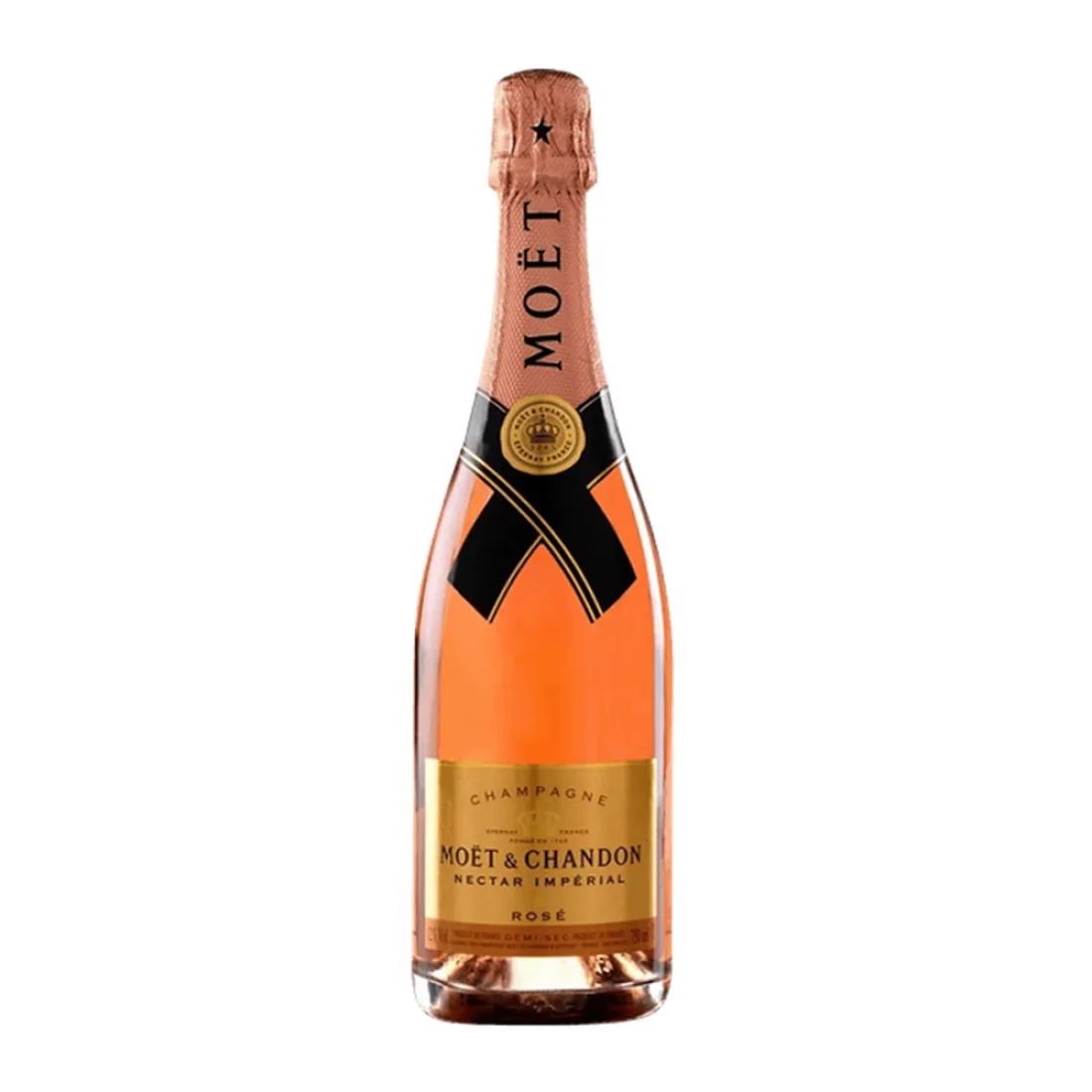
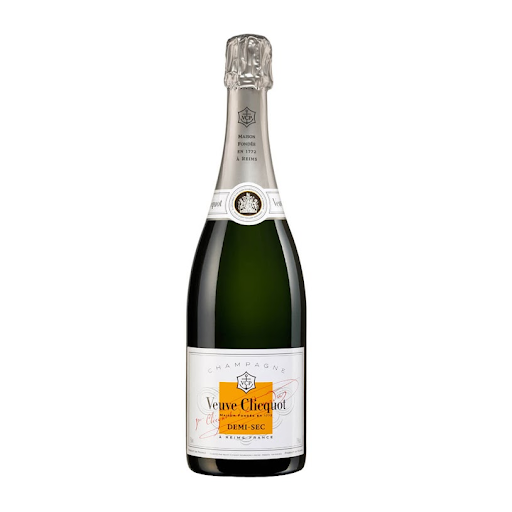
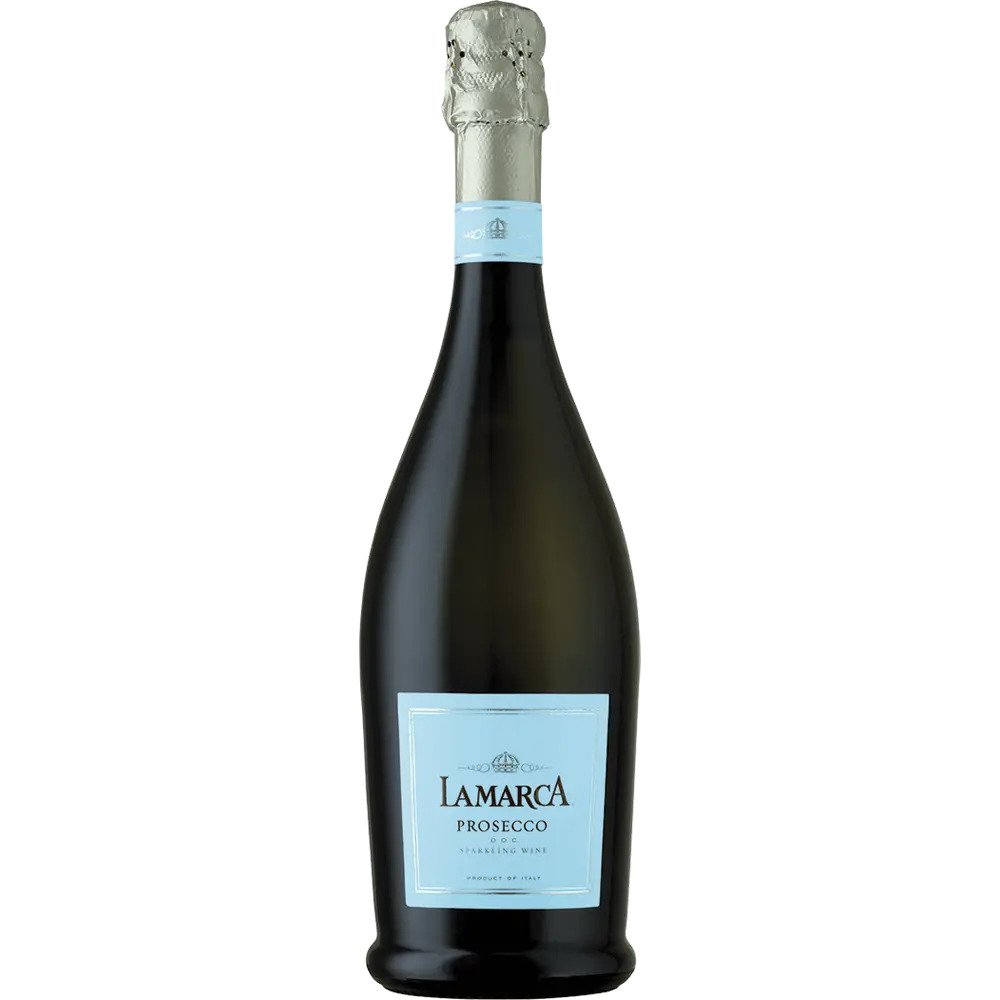
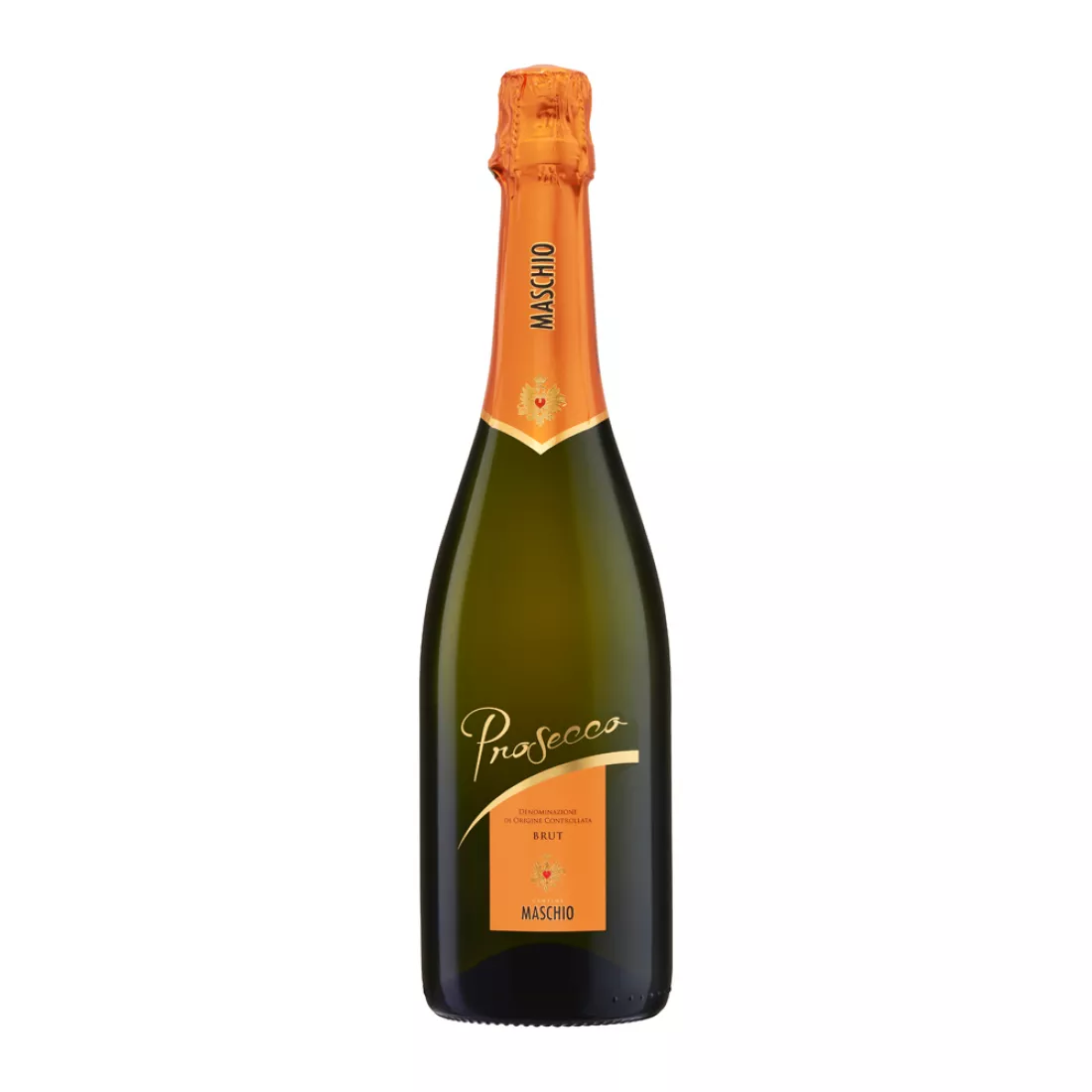

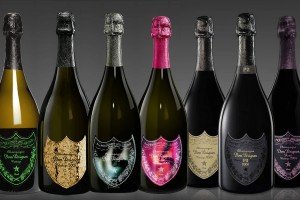

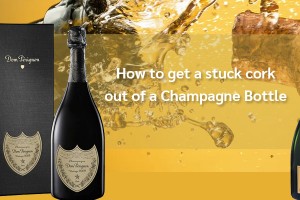


Leave a Comment